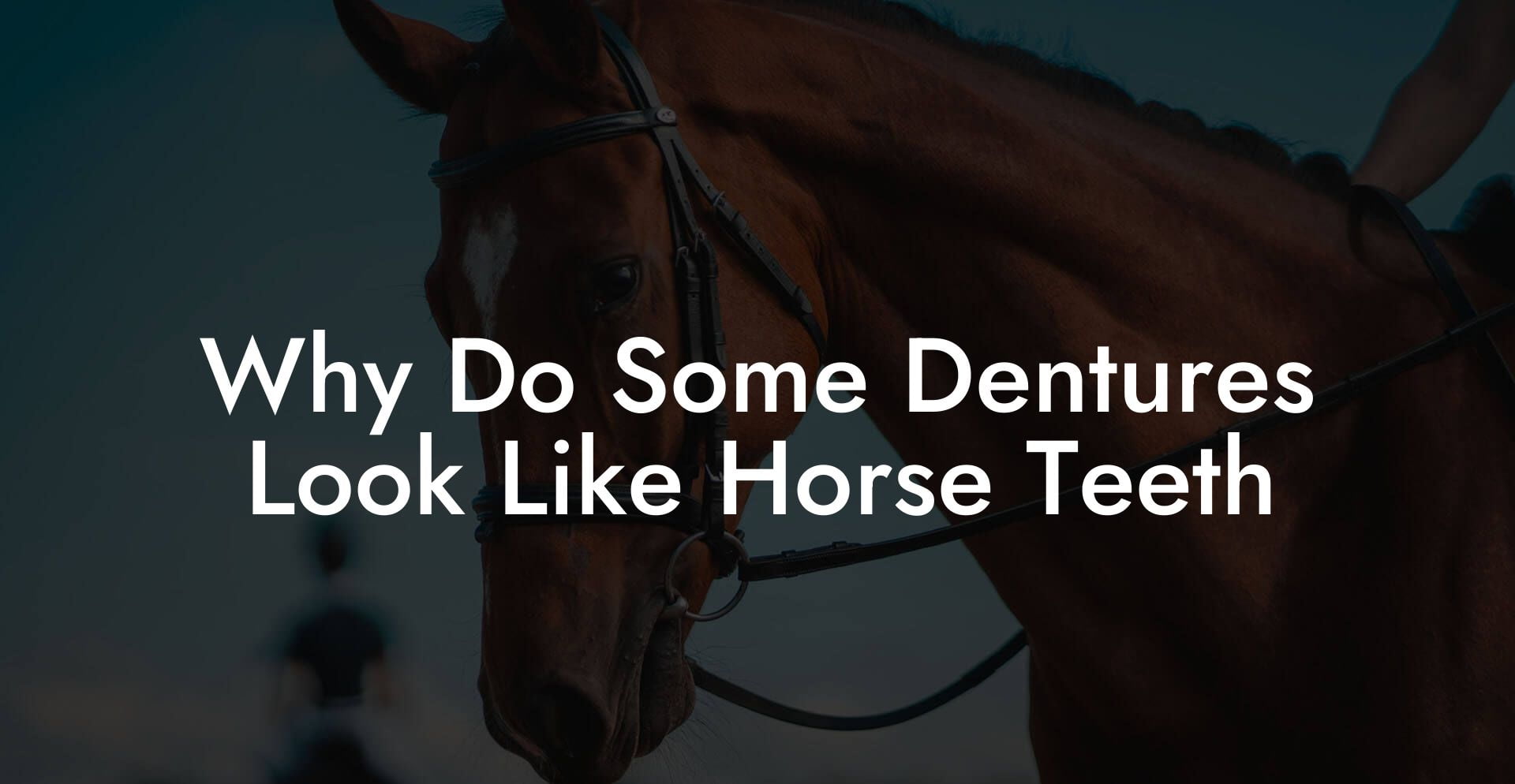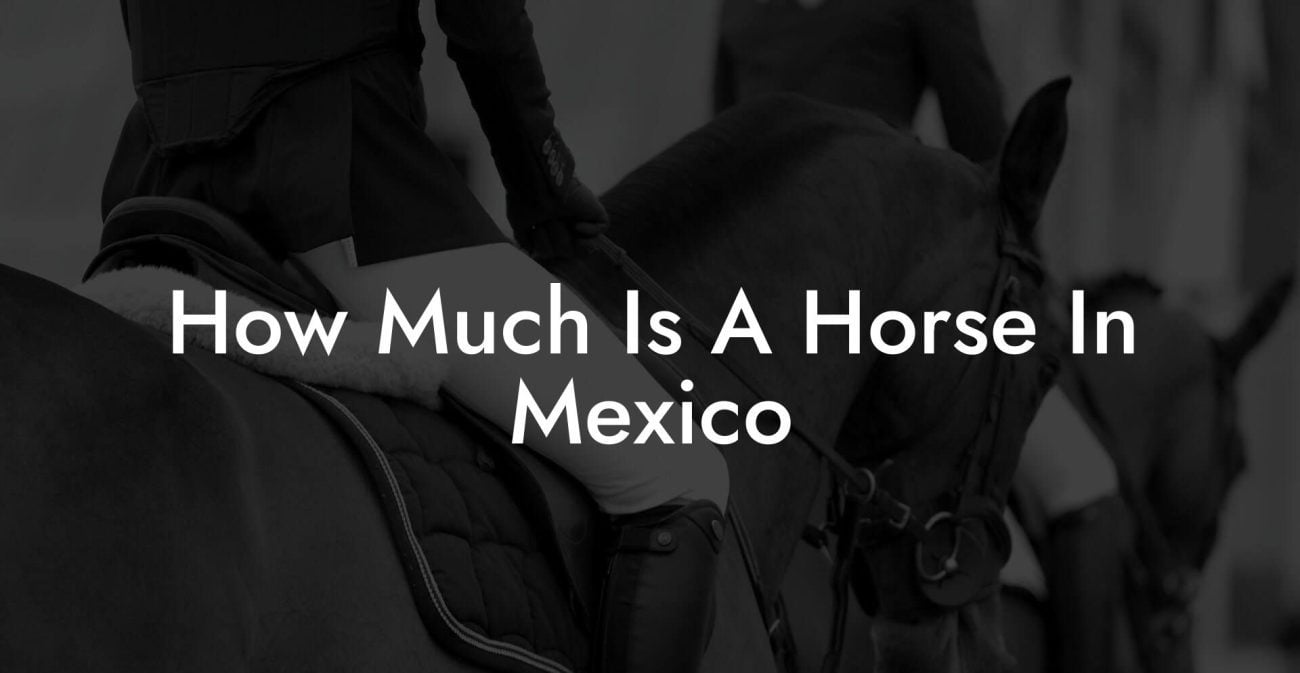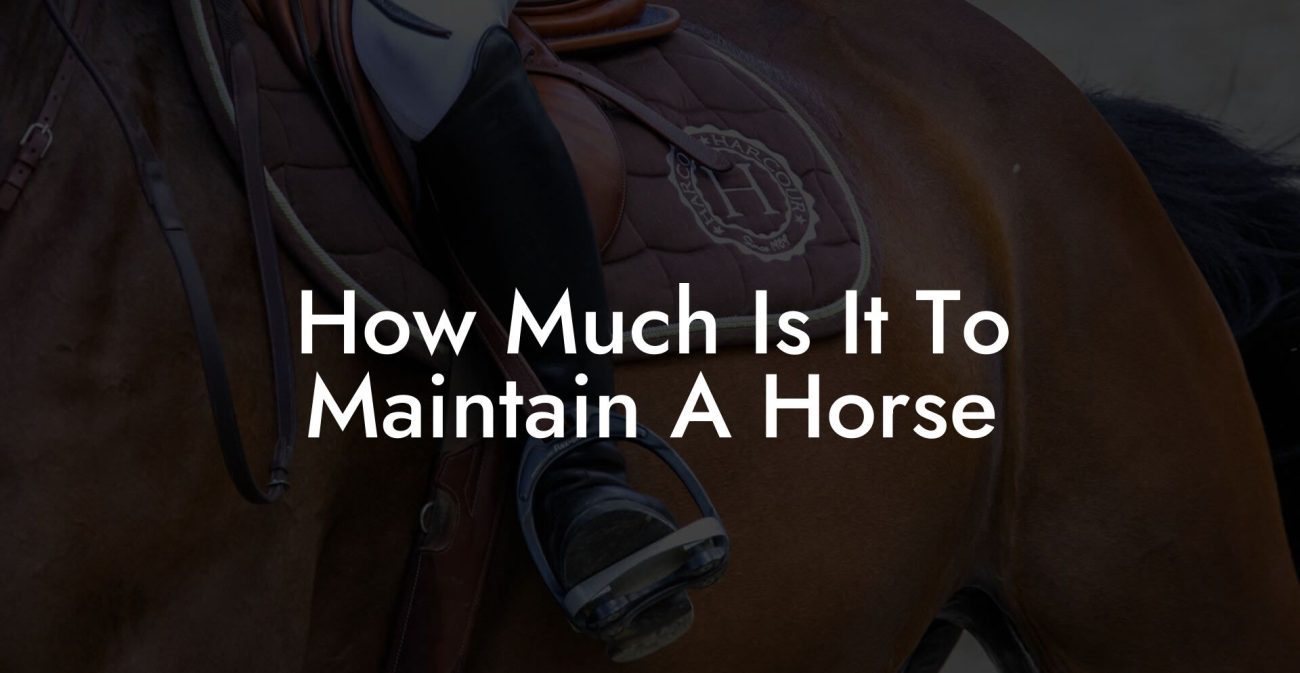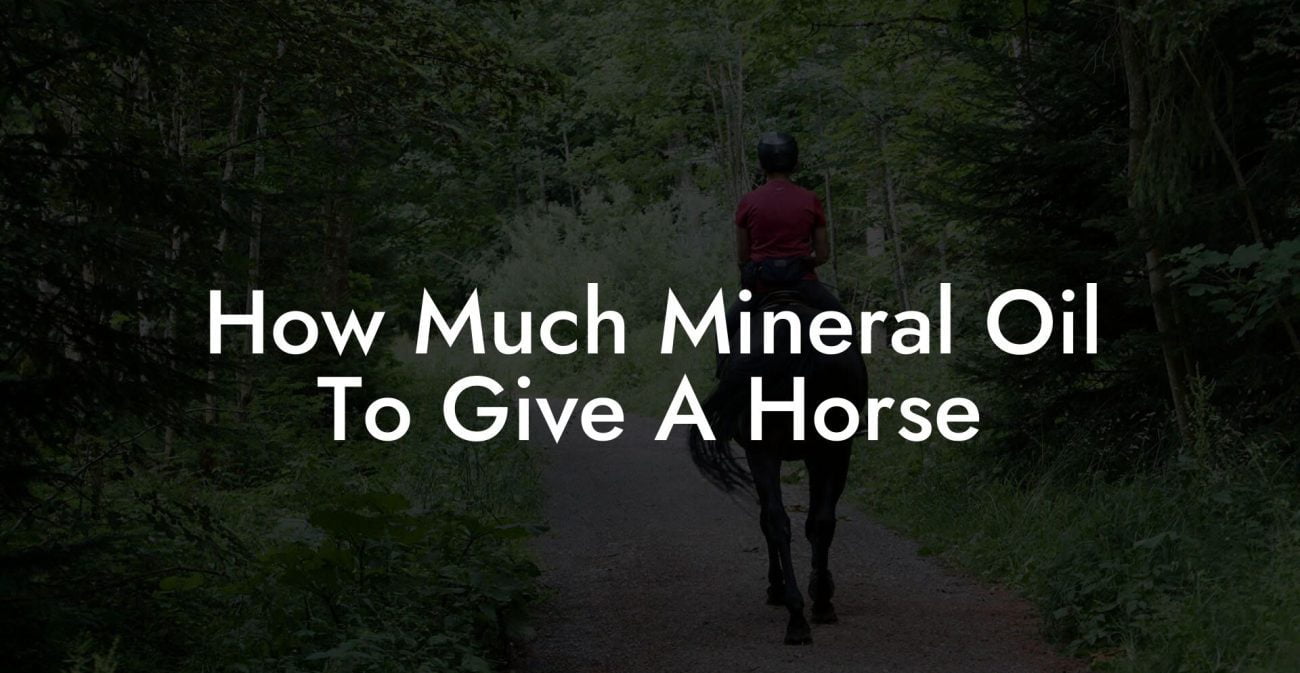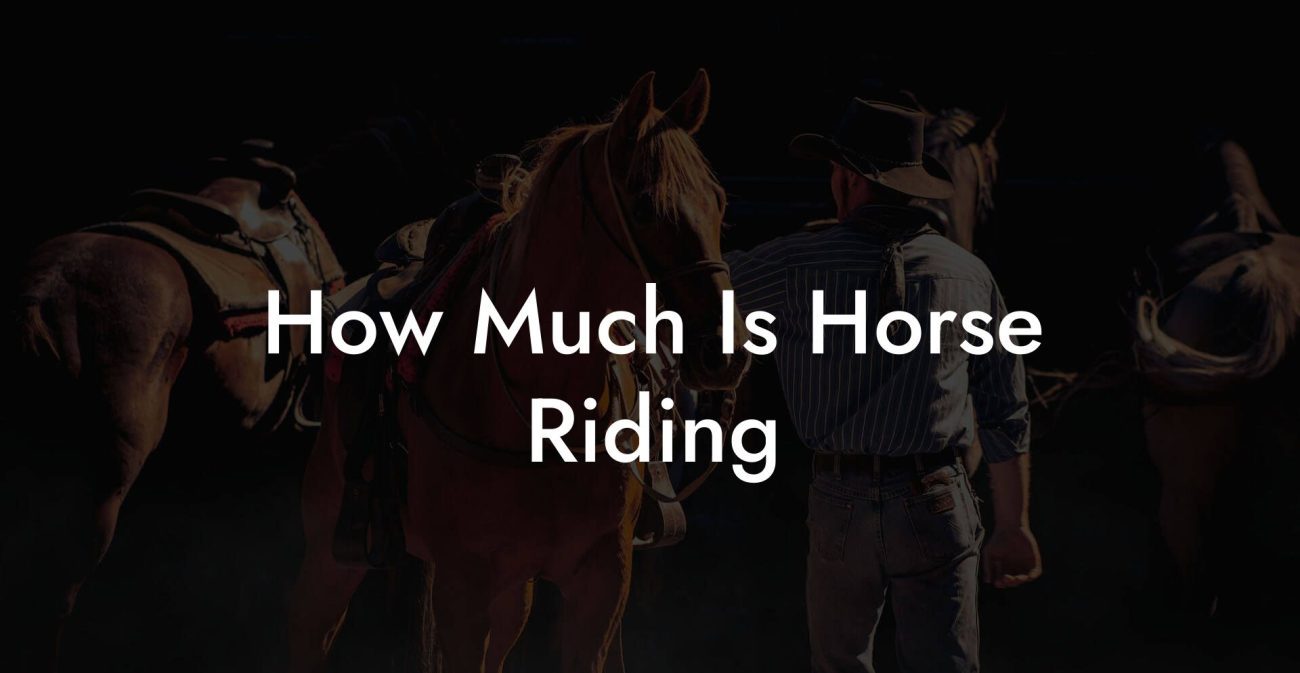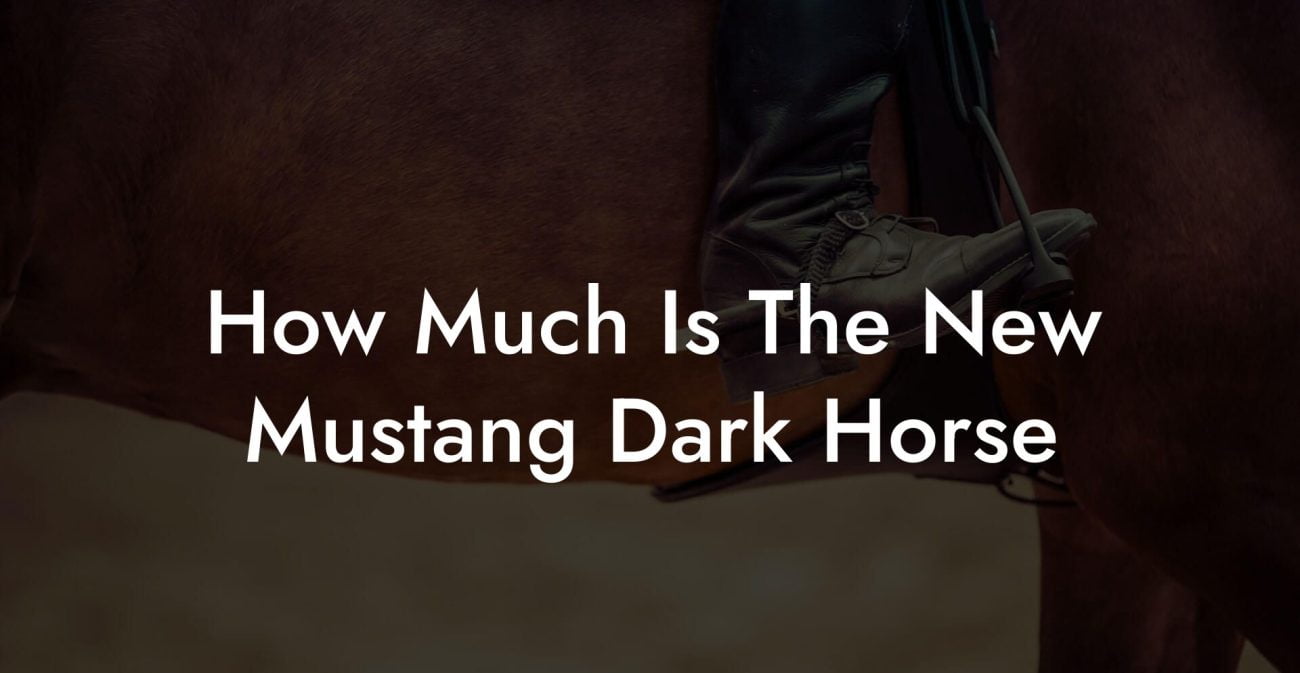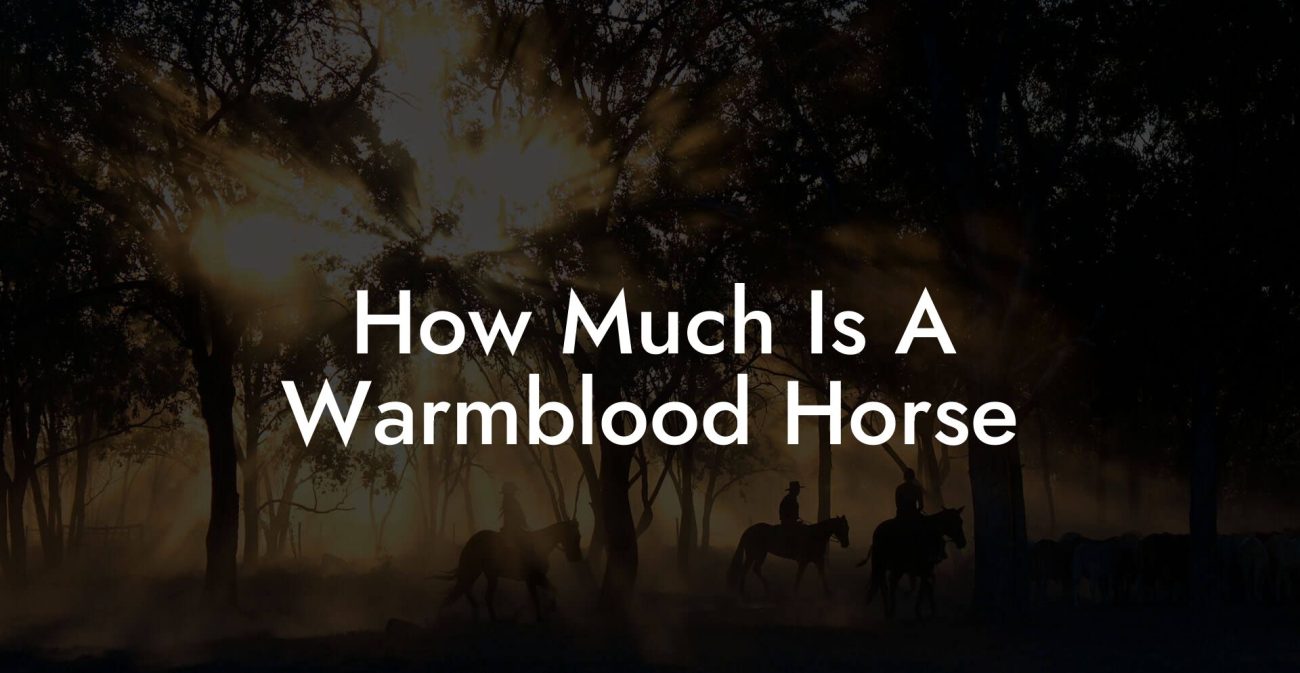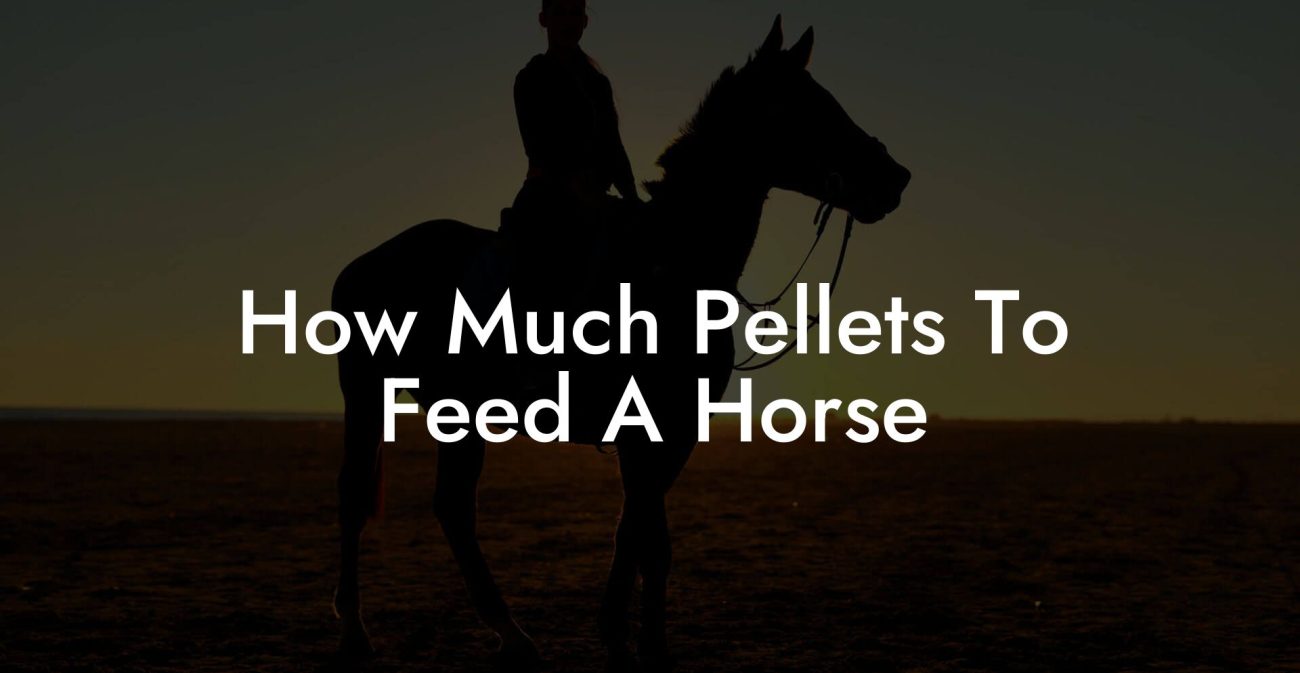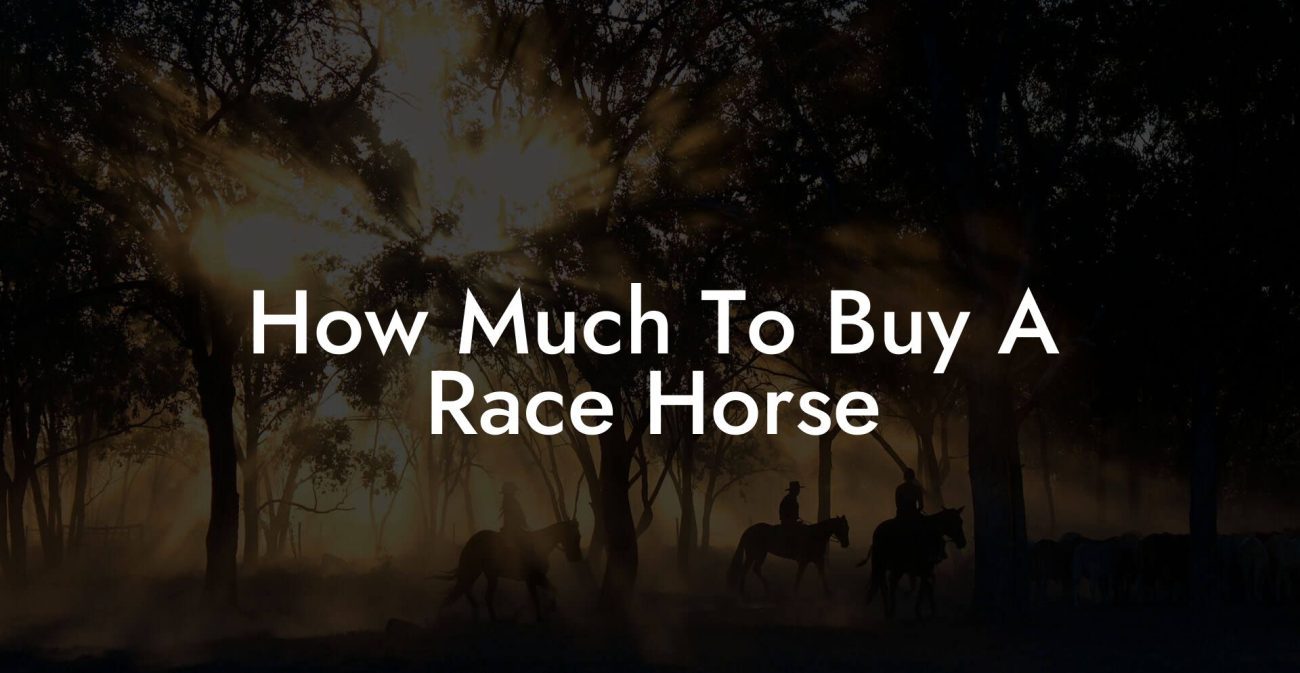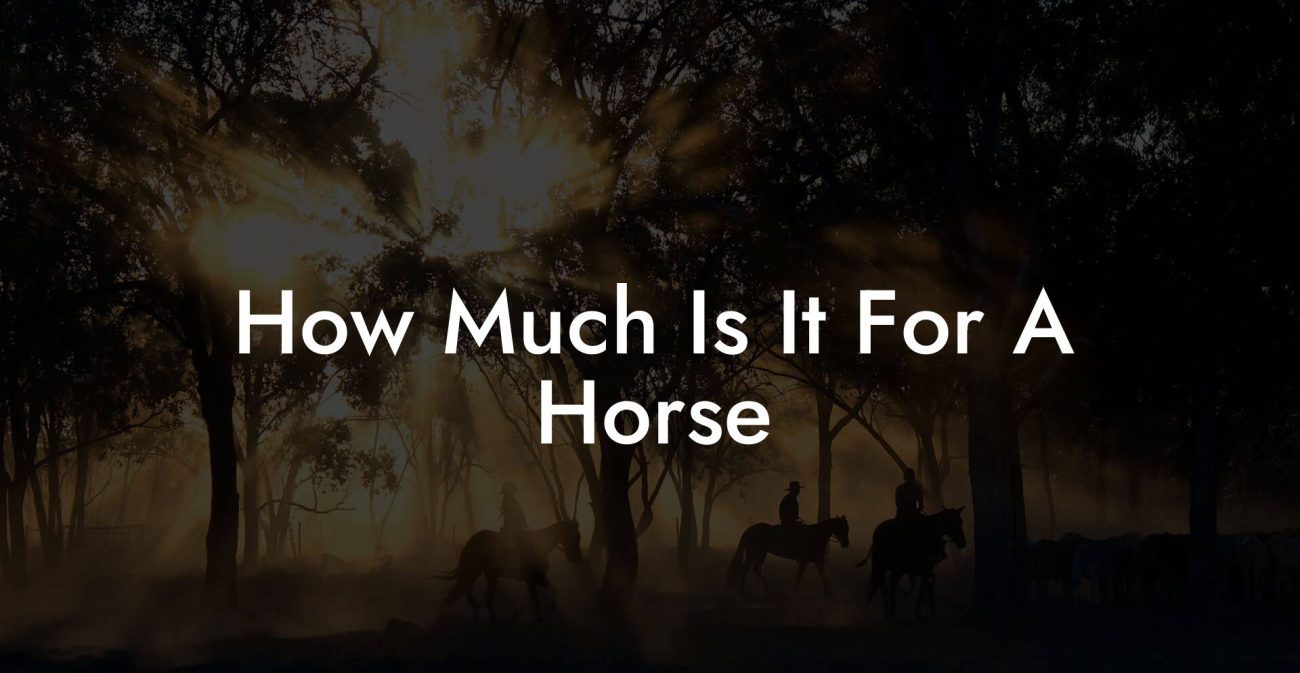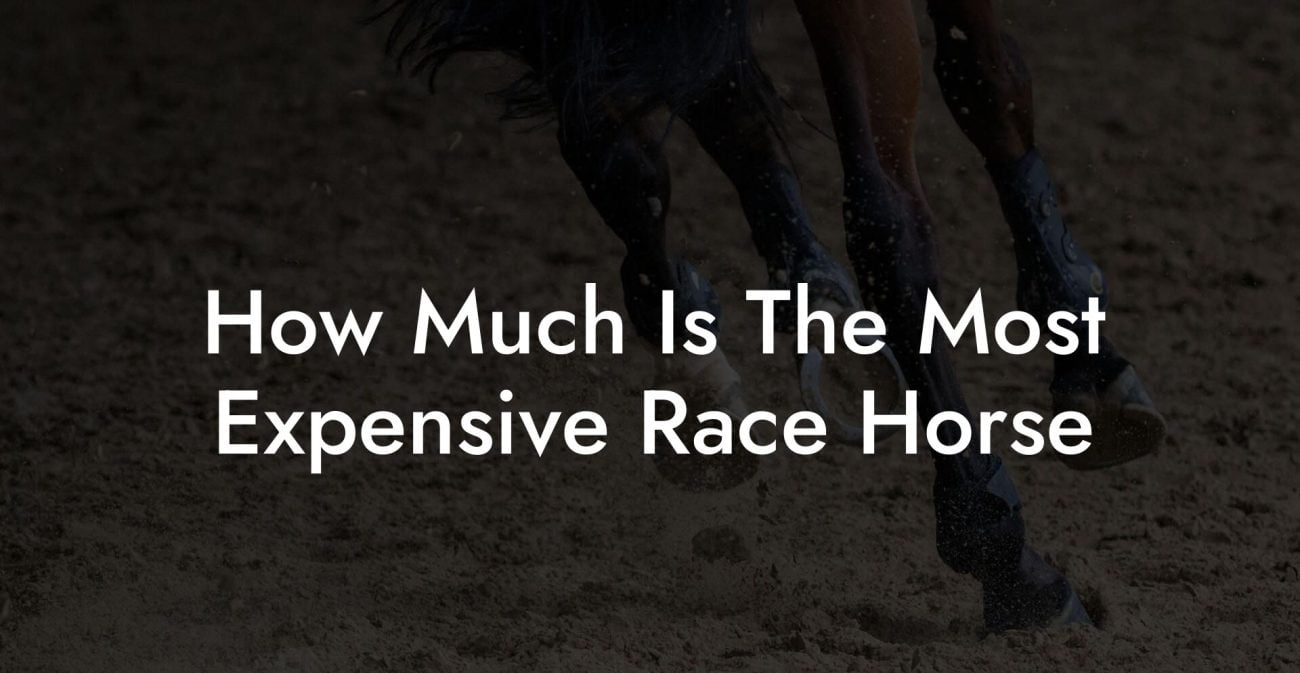Ever wondered why some dentures end up looking like a stylized set of horse teeth? At first glance, it might sound like an inside joke from a quirky dentistry lab or a bizarre case of equine mimicry, but there's actually a fascinating story behind the shape, design, and technology of modern dentures. From ancient dental practices and the evolution of dental technology to the surprising similarities between a horse’s natural grinding tools and dentures, we’re about to embark on a wild ride through dental history, modern science, and even a little bit of equine care. Buckle up, this isn’t your grandma’s denture story!
Quick Links to Useful Sections
- Understanding Horse Teeth: What Makes Them Unique?
- The Evolution of Dentures: From Ancient Artifacts to Modern Marvels
- Why Some Dentures Are Compared to Horse Teeth
- The Science Behind Denture Design: Functionality and Form
- Modern Equine Dental Care: Rethinking How We Care for Our Horses
- Caring for Your Horse’s Mouth: Expert Tips for Equine Dental Health
- Regular Dental Floating
- Balanced nutrition
- Observation and Early Detection
- Regular Veterinary Visits
- Aesthetic Trends in Dentistry: Embracing the Equine Look?
- Integrating Technology and Tradition in Dental and Equine Care
- Resources and Community Support: Your Next Steps
- Case Studies: From Equine Care to Denture Innovations
- Case Study 1: Revamping a Smile with Equine Inspiration
- Case Study 2: Enhancing Equine Dental Health for Peak Performance
- Case Study 3: Marrying Tradition and Technology for Lasting Results
- Your Journey to a Confident Smile and Happy Horse
- Frequently Asked Questions
- Your Journey to a Confident Smile and Vibrant Equine Health Continues
Understanding Horse Teeth: What Makes Them Unique?
Horses have an ingeniously designed dental structure that reflects millions of years of evolution. Their teeth are built for a life of constant grinding, tackling tough fibrous grasses and forbs. Unlike humans, horses have hypsodont teeth, meaning that their teeth have high crowns and continue to erupt throughout their lives to compensate for continuous wear. This design is perfect for their grazing lifestyle and provides them with a durable set of tools for processing food.
But why do we discuss horse teeth in an article about dentures? The connection lies in the unexpected similarities and contrasts between natural dentition and artificial prosthetics. In equine dentistry, the appearance and function of the teeth have been perfected over evolutionary time. In contrast, human dentures must replicate the aesthetics and function of natural teeth, and sometimes, that creative process results in shapes reminiscent of a horse’s robust chewing apparatus.
For the modern equine enthusiast, especially if you’re a Gen-Z or millennial caretaker juggling social media feeds with the daily care of your four-legged friend, the detailed study of equine dental structure can offer not only a glimpse into natural design but also some architectural inspiration for modern dental engineers and prosthetists. Imagine combining the durability of a horse’s teeth with the aesthetic appeal of a perfect Hollywood smile!
The Evolution of Dentures: From Ancient Artifacts to Modern Marvels
Dentures have come a long way from their humble beginnings. Ancient cultures used everything from animal bones to carved stones as rudimentary replacements for lost teeth. Egyptian and Etruscan civilizations even attempted to reconstruct smiles with painstaking care. Fast forward to recent centuries, and dentures have evolved into sleek, sophisticated devices made from high-impact acrylics, chrome-cobalt alloys, and advanced ceramics.
Just as horses have undergone millions of years of evolutionary adaptation to perfect their chewing efficiency, human denture technology has been continuously refined. In earlier days, dentures were often clumpy and unattractive, much like the uneven, rugged surfaces one might associate with equine molars. Over time, however, the focus shifted from merely replacing lost teeth to ensuring comfort, durability, and aesthetics.
Today’s denture designers take inspiration from both nature and cutting-edge technology. They blend art with science to sculpt prosthetics that not only restore function but also deliver an appearance that meets the high standards of modern consumers. Interestingly, some design elements still echo those found in the natural dentition of horses, where form and function are inseparably linked.
Why Some Dentures Are Compared to Horse Teeth
So, where does the horse come in when we talk about how dentures look? Several factors contribute to this quirky comparison. First and foremost is the aspect of shape. Just as a horse’s molars exhibit strong, defined cusps and ridges designed for grinding, some dentures feature a similar structured pattern intended to maximize chewing efficiency and longevity.
Another factor is functionality. Dentures are designed to handle regular wear from biting and chewing, much like a horse’s teeth must withstand the rigors of grazing on rough, fibrous vegetation. This emphasis on durability sometimes results in designs that, while optimized for performance, may share a visual resemblance to the natural dental anatomy found in horses.
It’s also worth noting that the notion of “horse teeth” in popular culture can carry a humorous or pejorative connotation, think of phrases like “having teeth like a horse.” While old stereotypes about equine dentition may be rooted in misconceptions, the reality is that the efficient, durable design of horse teeth offers a fascinating blueprint for understanding how durability and functionality can sometimes trump pure aesthetics.
In this sense, some modern dentures might be intentionally designed with angular, robust features that echo this natural model, particularly when prioritizing longevity and strength. For those who love horses, or who simply appreciate the blend of historical evolution with modern innovation, the resemblance is an intriguing reminder of how nature often inspires the technology we use every day.
The Science Behind Denture Design: Functionality and Form
Behind every pair of dentures lies a story of biomechanics, material science, and digital design prowess. Modern dentures are far from the bulky, uncomfortable devices of yore; they are meticulously crafted to balance aesthetics with function. Engineers and dental specialists use computer-aided design (CAD) and computer-aided manufacturing (CAM) techniques to model the structure and fit of each denture.
The aim is to create a prosthetic that not only restores a natural smile but can also withstand the forces of mastication. The occlusal surfaces, the parts of the dentures that come into contact when chewing, are carefully sculpted to distribute stress efficiently. Sometimes, the resulting design, with its characteristic ridges and grooved appearance, can remind one of the natural pattern found in equine molars.
Materials play a pivotal role as well. High-impact acrylics and porcelains offer both strength and a lifelike translucency that contributes to an appealing smile. Yet, when it comes to creating a durable occlusal surface, engineers sometimes prioritize texture and thickness over pristine perfection. This trade-off, necessary for the longevity of the prosthetic, may inadvertently lead to an appearance that fans of equine charm might humorously dub “horse-like.”
Moreover, dentists now employ digital scanning and 3D printing technology to capture the intricate details of a patient’s oral anatomy, ensuring that the dentures are an exact match to the individual’s needs. This personalized approach means that the final product is as much a work of art as it is a functional device, merging decades of technological evolution with an attention to detail that desires both beauty and resilience.
Modern Equine Dental Care: Rethinking How We Care for Our Horses
While the title of our discussion might make you smile at the irony of comparing dentures to horse teeth, there’s a serious and fascinating connection for those who care for horses. Just as modern dental technology has evolved for humans, equine dental care has similarly made strides in improving the health and well-being of our equine companions. Maintaining a horse’s dental health is crucial not only for their overall health but for their performance, comfort, and longevity.
Horses require regular dental check-ups because, unlike human teeth, horse teeth continue to grow and wear down throughout their lives. When these teeth become uneven or develop sharp edges, a condition known as “wave mouth”, it can impede proper chewing, leading to digestive issues and chronic discomfort. Equine dental care specialists use a variety of procedures to ensure that a horse’s teeth remain balanced and well-maintained.
For the modern horse owner, understanding the basics of equine dental care is as essential as knowing how to groom or feed your horse. Routine dental floating, a process that smooths out sharp points and balances the bite, is key to preventing pain and maximizing the horse’s ability to extract nutrients from their feed.
And while the term “dentures” might not directly apply to horses, the attention to dental well-being in both species underscores one universal truth: a healthy mouth is fundamental to overall quality of life. Whether you’re caring for a horse or contemplating your own dental prosthetics, it’s all about embracing a holistic approach to oral health.
Caring for Your Horse’s Mouth: Expert Tips for Equine Dental Health
For equine enthusiasts keen on keeping their horses in top form, proper dental care is a must. Here are some expert tips to ensure that your horse’s mouth is as healthy as it can be:
Regular Dental Floating
Just as a definitive set of dentures might require periodic adjustments, horses benefit from regular dental check-ups. Veterinary dentists or equine dental specialists can “float” your horse’s teeth, a procedure that involves filing down sharp points and correcting misalignments. This preventative measure helps avoid painful tooth cracks and digestive issues.
Balanced nutrition
What you feed your horse plays a significant role in the wear and tear of their teeth. High-fiber diets, typically consisting of hay or pasture, naturally wear down the dental edges. However, ensure that your horse also receives sufficient minerals and vitamins to promote overall dental strength. Supplements that support bone and tooth health can be a beneficial addition to their diet.
Observation and Early Detection
Keep an eye on your horse’s eating habits. If you notice any reluctance to chew or shifts in their eating patterns, it may be time for a dental exam. Early detection of any issues can save your horse from long-term discomfort and prevent more serious complications.
Regular Veterinary Visits
Beyond dental care specifically, regular check-ups with your veterinarian will ensure that any underlying issues, whether related to the mouth or other health concerns, are addressed promptly. Establishing a routine schedule for professional examinations is key to long-term health.
These proactive measures not only extend your horse’s quality of life but also ensure that they continue to perform at their peak, whether on the track, in the arena, or simply as a beloved companion.
Aesthetic Trends in Dentistry: Embracing the Equine Look?
In a world where aesthetics and functionality are increasingly intertwined, some dental professionals have begun to explore unconventional styles. Could it be that the rugged, utilitarian look of horse teeth might influence the next big trend in denture design? While the primary objective of any denture is to restore function, modern aesthetics are playing an ever-more significant role.
Trendsetters in cosmetic dentistry are taking cues from nature, not only to create a natural appearance but also to celebrate the natural patterns that have been perfected by evolution. The textured, patterned look that might bear a passing resemblance to a horse’s occlusal surface is sometimes seen as a badge of durability and strength. If you’re looking to make a statement about resilience and authenticity, opting for designs that celebrate these natural cues might just be the way to go.
Of course, not every patient is ready for a bold, “equine-inspired” look. For most, the ideal denture remains one that blends seamlessly with their natural smile while ensuring maximum comfort. However, the conversation is evolving. With technology enabling customizable designs, you might soon find yourself choosing between multiple stylistic options, each reflecting different aspects of nature’s time-tested designs.
This blend of functionality and style is a testament to the ways in which modern dentistry is embracing the full spectrum of design inspiration, from the refined features of a celebrity smile to the robust simplicity of a horse’s dental anatomy.
Integrating Technology and Tradition in Dental and Equine Care
The intersection where technology meets tradition is where the most fascinating innovations arise. In dentistry, this means combining age-old techniques with digital precision to create dentures that serve both an aesthetic and functional purpose. Similarly, modern equine dental care draws on centuries of experience combined with the latest veterinary technologies.
In human dentistry, digital impressions and 3D printing have revolutionized the way dentures are produced. Gone are the days of messy molds and ill-fitting prosthetics; today, a patient’s mouth is scanned with exacting detail, and a fully customized denture is printed with precision. This technological leap not only improves fit and comfort but also allows for design nuances that can enhance both functionality and appearance.
On the equine side, digital diagnostic tools and advanced imaging techniques have transformed how veterinarians assess and treat dental issues in horses. High-resolution cameras, intraoral scanners, and computer-guided surgical tools mean that issues like wave mouth, chipped teeth, and periodontal disease can be addressed more effectively than ever before. The marriage of tradition and innovation in both fields is a clear reflection of how the lessons of the past can be harnessed to create a healthier, more resilient future.
This integration is more than just a trend, it’s a shift in perspective. By appreciating the strengths of both conventional and digital methodologies, professionals in dentistry and veterinary care are paving the way for more personalized, effective, and aesthetically pleasing solutions.
Resources and Community Support: Your Next Steps
Navigating the world of dental design and equine care can feel overwhelming, but you’re not alone on this journey. Whether you’re looking to upgrade your smile with state-of-the-art dentures or ensure that your horse’s teeth are in peak condition, there’s a wealth of resources available to help guide you.
Start by connecting with trusted professionals. Look for dental practices specializing in prosthodontics that use the latest CAD/CAM technology, these experts can tailor your denture design to your specific needs and aesthetic preferences. For equine dental care, seek out veterinarians and equine dentistry specialists who have a reputation for blending traditional methods with modern innovations.
Additionally, numerous online communities, forums, and social media groups are dedicated to both dental health and equine care. Platforms like Instagram, TikTok, and specialized Facebook groups offer real-life success stories, tips, and interactive Q&A sessions where professionals and enthusiasts share their knowledge and experiences.
Consider joining webinars or local workshops, many organizations and veterinary schools host events focused on dental technology and equine health. These sessions can provide invaluable insights into the latest research and best practices, as well as opportunities to ask questions directly to experts in the field.
Whether you’re a patient looking for the perfect denture or an equine caregiver striving for excellence, the key is to stay informed, proactive, and connected. Embrace the blend of technology, tradition, and community support to elevate your care regimen, both for yourself and your beloved horses.
Case Studies: From Equine Care to Denture Innovations
Real-world examples illuminate the profound impact of blending traditional techniques with modern technology in both dentistry and equine care. Let’s dive into some case studies that illustrate transformative outcomes:
Case Study 1: Revamping a Smile with Equine Inspiration
Jessica, a young professional, had long struggled with poorly fitted dentures that left her feeling self-conscious. Tired of the clunky, outdated model, she sought a dental practice that specialized in digital dentures. The team combined advanced 3D scanning with design principles inspired by the robust patterns seen in equine teeth, emphasizing durability without compromising style. The result was a set of dentures that not only provided a natural fit but also exuded a bold, unique aesthetic, giving Jessica newfound confidence.
Case Study 2: Enhancing Equine Dental Health for Peak Performance
Meet Charlie, a competitive equine athlete whose performance had been hindered by undiagnosed dental issues. After experiencing difficulty in chewing and signs of discomfort, Charlie’s owner scheduled a comprehensive dental exam with an equine dentistry specialist. Using digital imaging and a precise dental floating technique, the specialist restored balance to Charlie’s teeth, alleviating pain and dramatically improving his performance on the track. This case underscored the critical importance of regular dental care in maintaining a horse’s overall athleticism.
Case Study 3: Marrying Tradition and Technology for Lasting Results
Dr. Martin, a prosthodontist well-versed in both traditional and digital methodologies, encountered a patient who desired dentures that had a natural, slightly “rustic” look, one that evoked the resilience of nature yet retained modern functionality. By taking cues from the textures and patterns of a horse’s molars, Dr. Martin crafted a set of dentures that combined the best of both worlds. The success of the treatment not only restored the patient's smile but also sparked a new conversation about customizable aesthetic trends in dental design.
These case studies highlight how the thoughtful integration of historical insight, digital precision, and nature-inspired aesthetics can yield outcomes that are both functional and visually striking, whether in human dentistry or in the care of a valued equine companion.
Your Journey to a Confident Smile and Happy Horse
Whether you’re reimagining your own dental restoration or ensuring your horse’s dental health is top-notch, remember that both journeys share a common thread: the quest for optimal performance and comfort through thoughtful design. Embracing the unexpected similarities between horse teeth and modern dentures can help you appreciate the evolution of design and function, and even inspire you to explore innovative approaches to care in your everyday life.
For those who love horses and have an eye for design, there’s an added delight in spotting these similarities. It’s a conversation starter, a quirky nod to the marvels of nature and technology colliding in everyday lives. After all, behind every set of dentures is a fusion of science, art, and the lessons drawn from nature’s most enduring examples.
As you embark on your own journey, be it a trip to the dentist for a new set of dentures or a visit to your trusted equine vet for a routine dental check-up, know that the innovation and care behind these procedures are designed to ensure lasting comfort, improved functionality, and a touch of character that sets you apart in a world where every smile has a story.
Frequently Asked Questions
Here are some of the most commonly asked questions about why some dentures are compared to horse teeth and the link between dental care and equine health:
1. Why do some dentures look like horse teeth?
Some dentures are designed with pronounced ridges and cusps to maximize chewing efficiency and durability, echoing the natural pattern seen in horse teeth, which are well-adapted for constant grinding.
2. Are these design elements intentional?
Yes, modern denture design sometimes prioritizes functionality by incorporating textured surfaces and robust features, which can inadvertently resemble the pattern of a horse’s occlusal surfaces.
3. How does equine dental care differ from human dental care?
Equine dental care focuses on continuous growth and wear issues, such as balancing and floating the teeth to ensure proper chewing and comfort, while human dentistry often involves technological innovations in prosthetics, like digitally designed dentures.
4. Can equine dental care insights improve human denture design?
Absolutely. The durability and functional design of equine teeth provide valuable insights into creating more resilient and efficient dental prosthetics.
5. Are digital technologies improving denture quality?
Yes, digital scanning, 3D printing, and CAD/CAM techniques have revolutionized denture production, resulting in customized, comfortable, and aesthetically pleasing prosthetics.
6. How frequently should my horse have a dental check-up?
It’s generally recommended that horses receive a dental exam at least once a year, though older horses or those with known dental issues may require more frequent visits.
7. What lifestyle factors contribute to denture longevity?
A balanced diet, proper oral hygiene, and regular dental check-ups all contribute to the durability and longevity of dentures, as well as overall oral health.
8. Can I see denture design trends that utilize equine inspiration?
Some innovative prosthodontists are experimenting with design elements that echo natural forms, including the patterned look of horse teeth, offering a blend of durability and a conversation-worthy aesthetic.
Your Journey to a Confident Smile and Vibrant Equine Health Continues
At the end of the day, whether you’re marveling at why some dentures sport an almost horse-like design or fine-tuning the dental health of your prized equine companion, the journey is one of continuous learning, innovation, and care. Embrace the unexpected connections between human technology and natural evolution, a bold reminder that innovation often takes cues from nature.
From the advanced labs crafting custom dentures to the hands-on care provided by equine dental specialists, each represents a commitment to durability, functionality, and a touch of artistry. So, next time you see those uniquely textured dentures, appreciate the science behind them and the parallels they draw to the ancient, resilient designs of nature. Whether you’re updating your smile or ensuring your horse’s bite is just right, you’re tapping into centuries of wisdom and innovation.
Step forward with confidence as you apply these insights, engaging with cutting-edge dental practices, sharing knowledge on social media, and connecting with communities that are passionate about both human and equine care. Your journey is a testament to the fact that care, creativity, and a dash of humor can lead to breakthroughs in how we understand and celebrate our natural world. Celebrate your unique path, and let every smile and every gallop remind you of the beautiful intersection between art, science, and nature.

